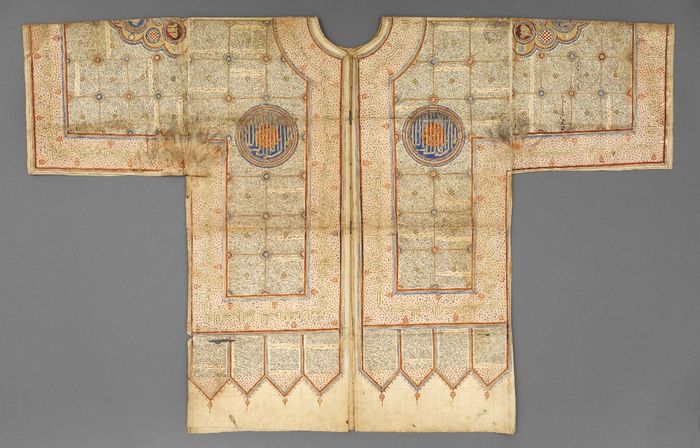The Second Mithradatic War (83-81 B.C.)
The conflict unfolded as Roman general Lucius Licinius Murena initiated an invasion of Pontus, ultimately facing defeat. In 74 B.C., Nicomedes III of Bithynia bequeathed his kingdom to Rome, prompting Mithradates VI to invade Bithynia, marking the initial phase of the Third Mithradatic War (73-65).
Lucullus’ Campaign and Retreat
Lucius Licinius Lucullus, the Roman commander Tigranes the Great, expelled Mithradates and invaded Armenia, seizing Tigranocerta in 69 B.C. However, challenges in the mountains and harsh climate impeded further progress. After a significant victory at Artaxata, Lucullus faced a reluctant troop and retreated to the Euphrates valley. Mithradates regrouped in Pontus, and Lucullus was replaced by Gnaeus Pompeius Magnus, or Pompey the Great.
Pompey’s Swift Victories
Pompey’s military prowess contrasted with Lucullus, achieving swift victories. Mithradates suffered a decisive defeat at the Battle of Lycus in 66 B.C., compelling him to flee to the Crimea, where he contemplated invading Italy. However, facing desertion Vitosha Bulgaria Private Tours , he committed suicide. Pompey then targeted Tigranes, who retained his throne but lost territory, paid a substantial indemnity, and became a client king of Rome. The fledgling Armenian Empire could not withstand its first major trial.
Pompey’s Eastern Settlement (64 B.C.)
After concluding the conflict, Pompey addressed longstanding eastern issues avoided by the Senate for over a century. Eastern Cilicia and part of Pontus were annexed, while states in Asia Minor and Armenia were confirmed as Roman vassals. Subsequently, Pompey transformed Syria into a Roman province, concluding the remnants of the once-mighty Seleucid kingdom.








